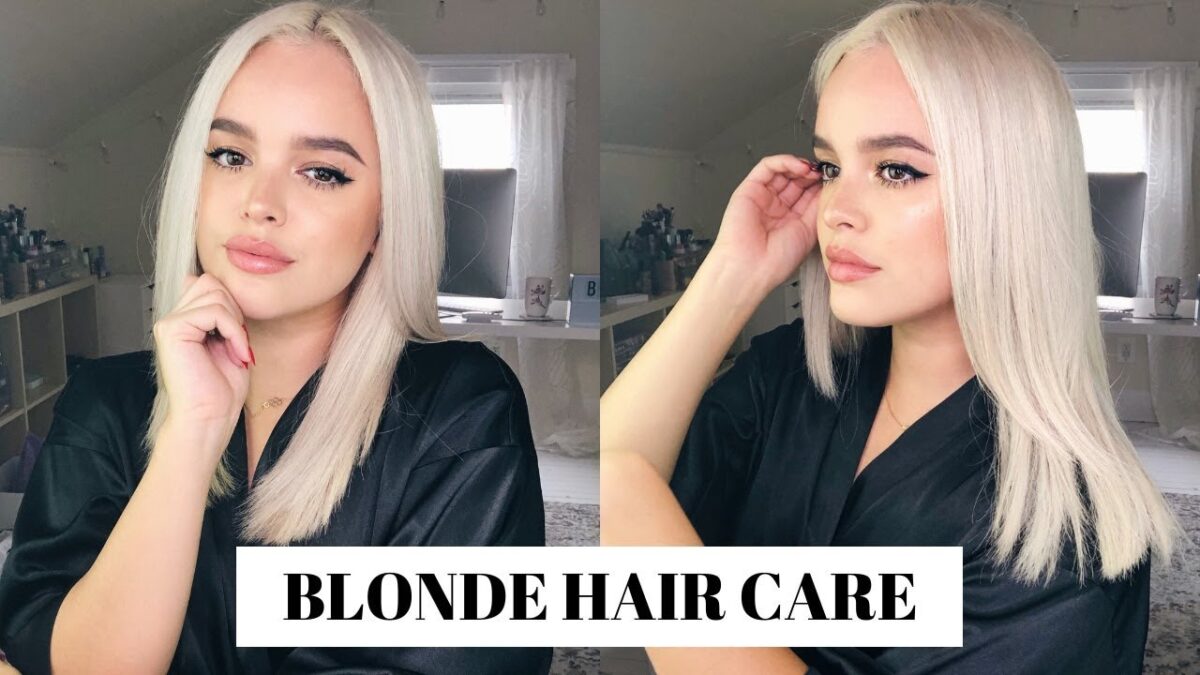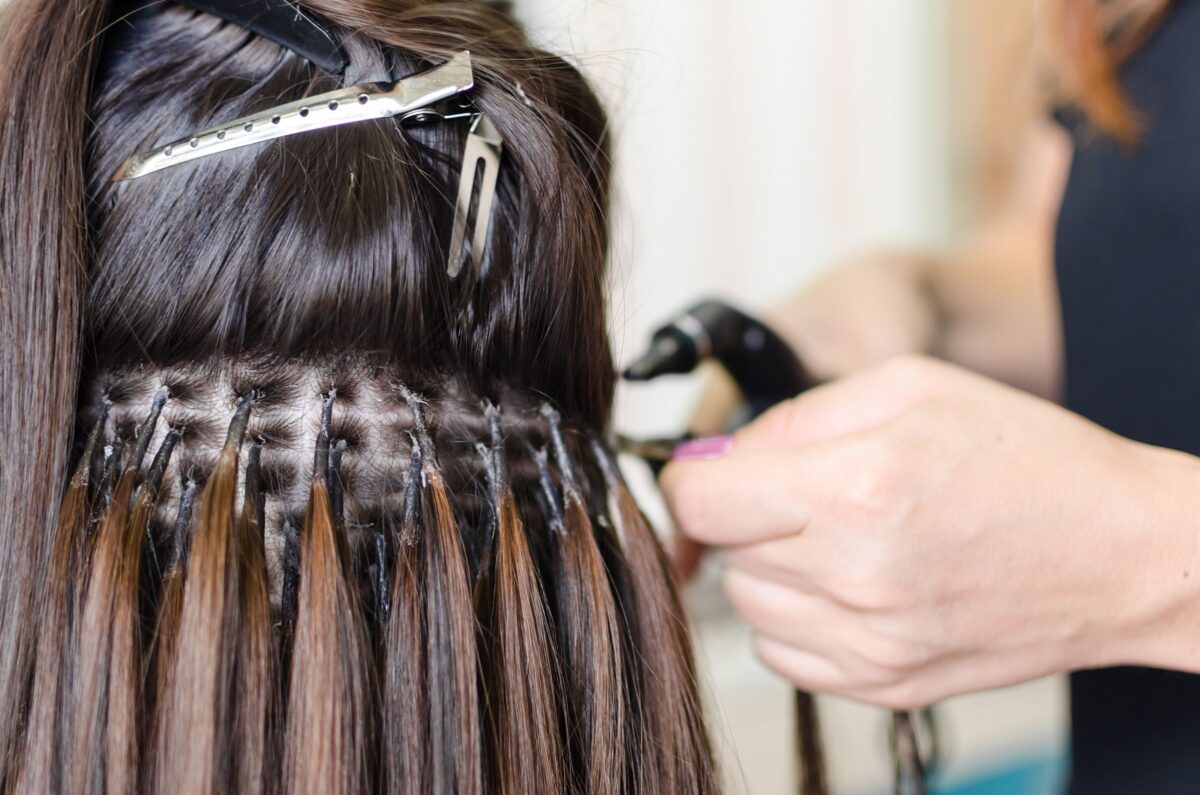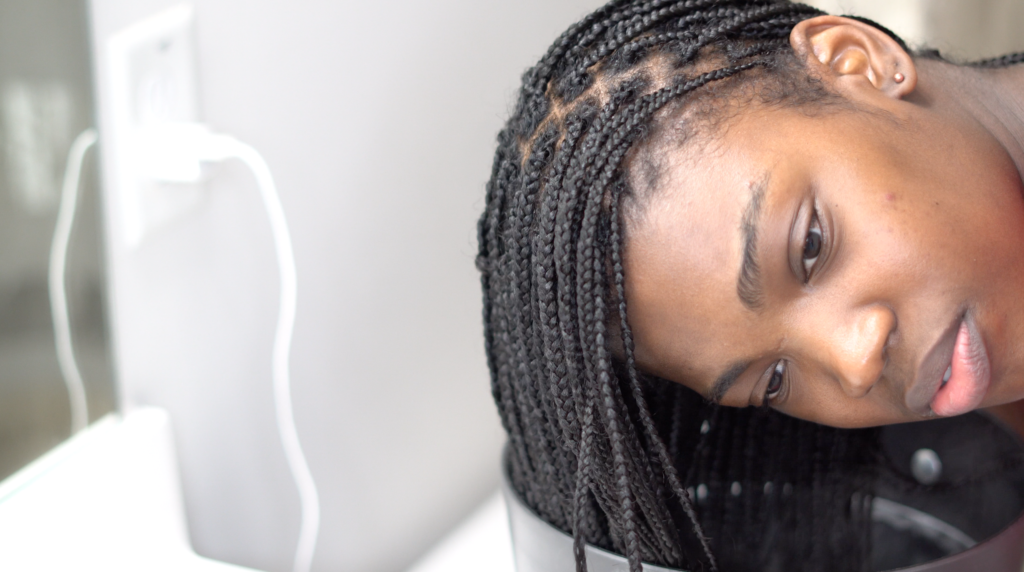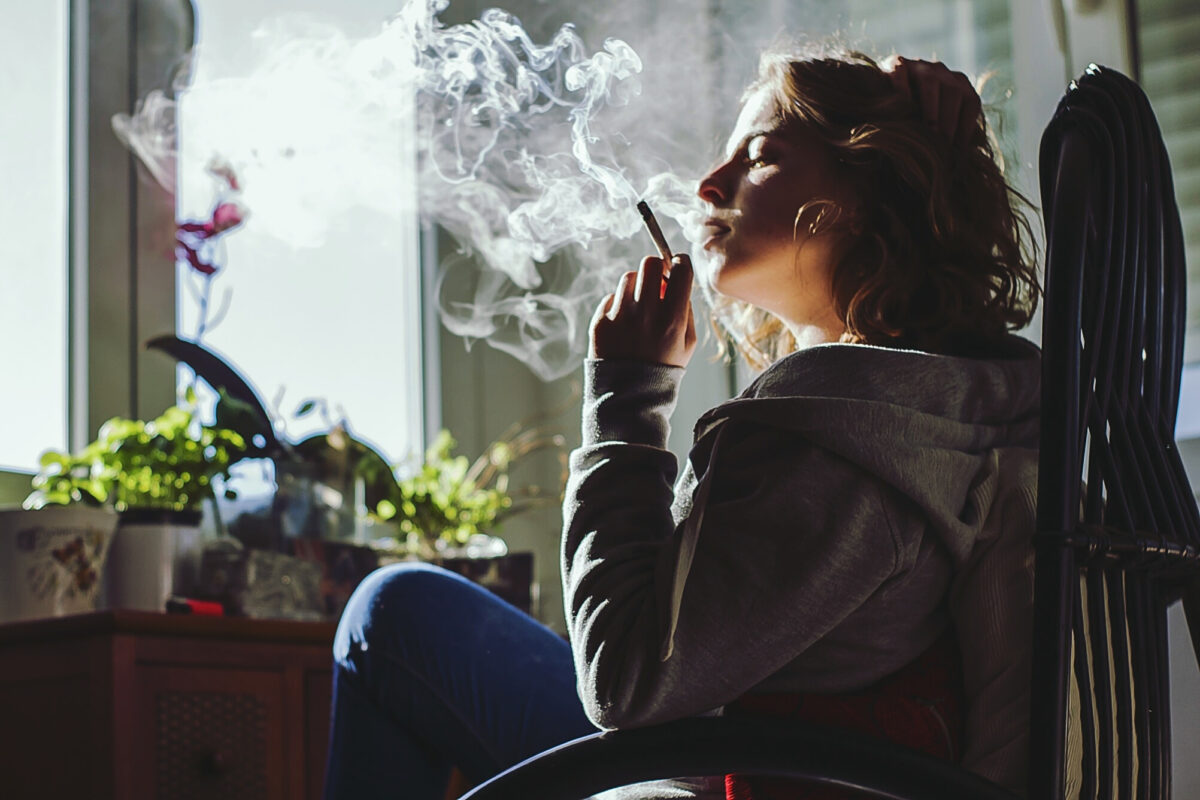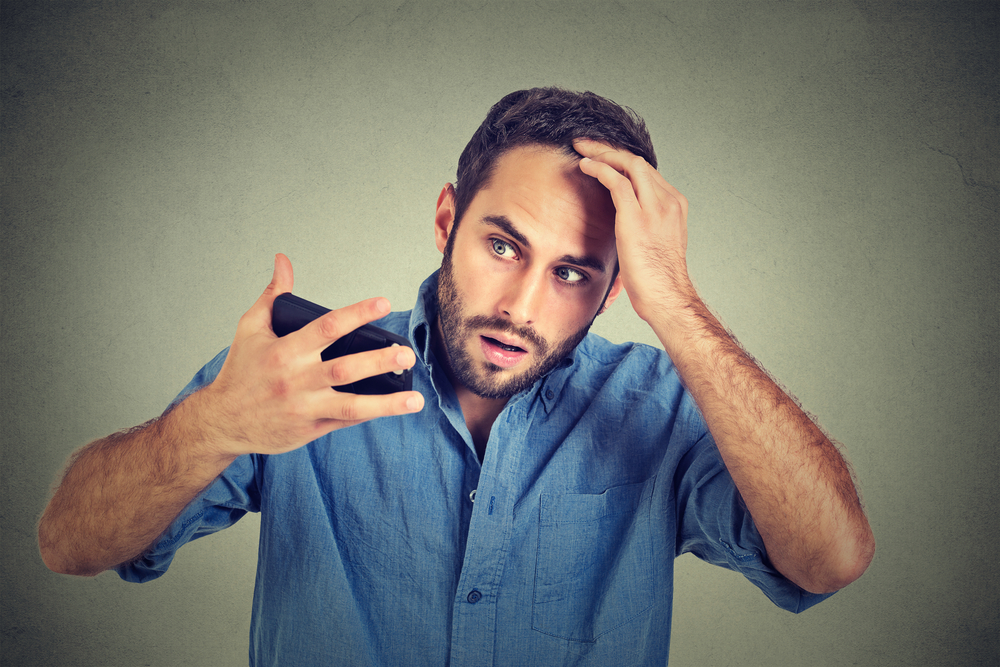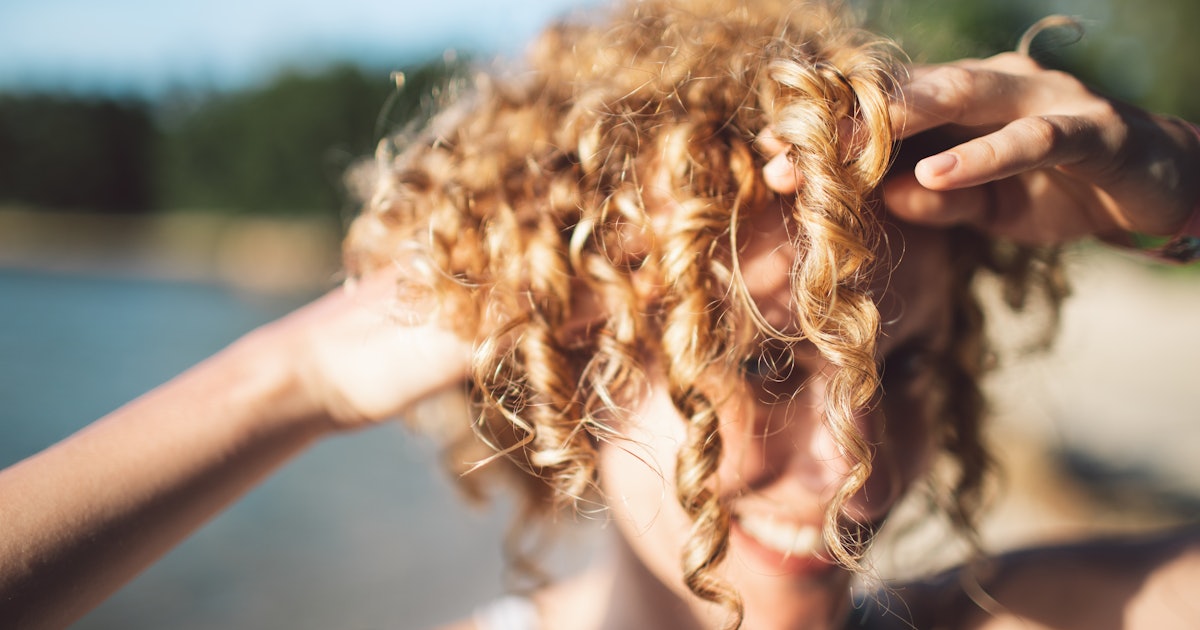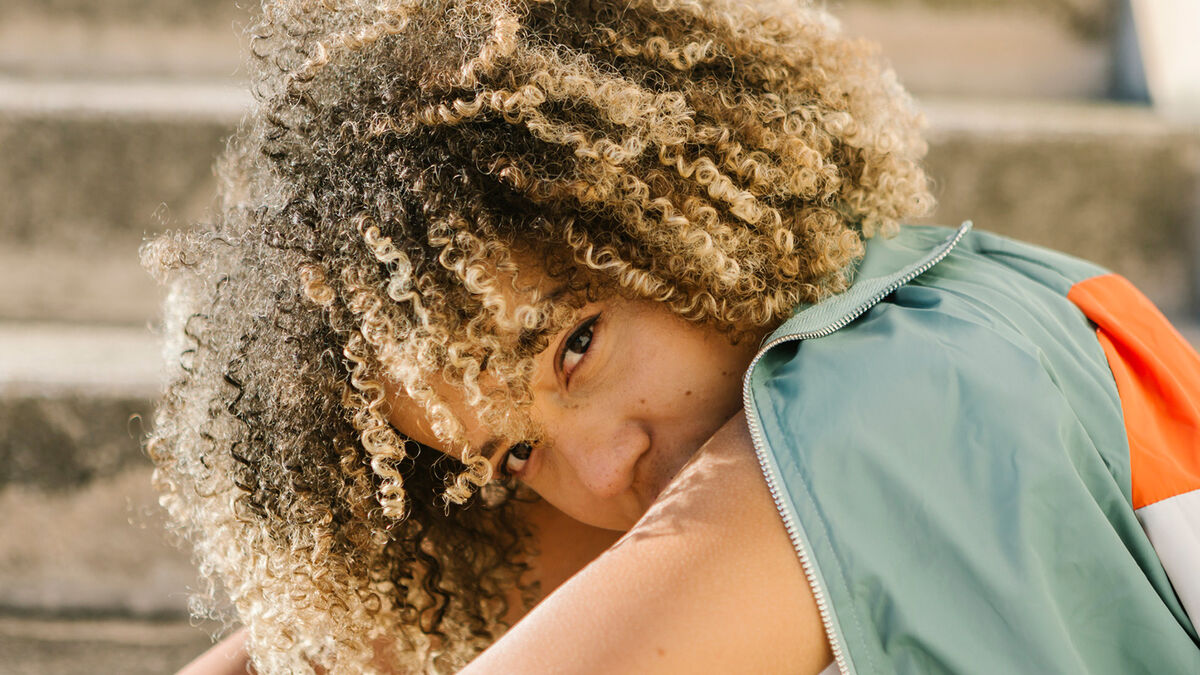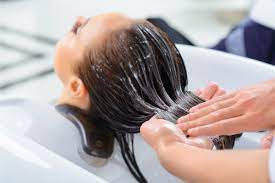When you put baking soda on gray hair, it can have a clarifying and slight lightening effect due to its alkaline nature. Baking soda can remove buildup from hair products, minerals in the water, and pollutants from the environment, which might make gray hair appear brighter and more vibrant. However, excessive use can lead to dryness and brittleness since baking soda can strip the hair of its natural oils.
Understanding the Impact of Baking Soda on Gray Hair
Gray hair lacks pigment, which can make it more susceptible to discoloration from various factors like pollution, smoking, and product buildup. Baking soda, with its mild abrasive properties and high pH, can help counteract these effects to some extent. Here’s a closer look at what happens when you use baking soda on gray hair:
1. Cleansing and Clarifying: Baking soda effectively cleanses the hair, removing dirt, oil, and product buildup. This can leave gray hair looking fresher and more radiant.
2. Slight Lightening Effect: Regular use of baking soda may lead to a subtle lightening of the hair. While this can make gray hair appear brighter, it’s essential to use it sparingly to avoid altering the natural hair color too significantly.
3. Potential for Dryness and Damage: Baking soda’s alkalinity can disrupt the hair’s natural pH balance, leading to dryness and making the hair more prone to breakage, especially if used frequently or in high concentrations.
How to Safely Use Baking Soda on Gray Hair
To harness the benefits of baking soda for gray hair without adverse effects, follow these guidelines:
1. Create a Gentle Mixture: Mix 1 part baking soda with 3 parts water to create a paste. This dilution helps mitigate the harshness of the baking soda. For a more moisturizing effect, you can add a conditioner to the mixture.
2. Apply Sparingly: Use the baking soda mixture on your hair once a month or less frequently, focusing on the roots and scalp where buildup is most likely to occur.
3. Follow with a Conditioner: After washing out the baking soda, apply a hydrating conditioner to help restore moisture and balance the hair’s pH. Look for products specifically designed for gray hair to add softness and shine.
4. Monitor Your Hair’s Response: Pay attention to how your hair reacts to baking soda treatments. If you notice signs of dryness or brittleness, reduce the frequency of use or discontinue altogether.
Alternatives to Baking Soda
For those concerned about the potential drying effects of baking soda on gray hair, there are gentler alternatives:
- Clarifying Shampoos: Look for shampoos formulated to clarify and brighten gray hair without the harsh effects.
- Apple Cider Vinegar Rinses: A diluted apple cider vinegar rinse can help remove buildup and restore shine without stripping the hair’s natural oils.
- Purple Shampoos: These are specifically designed to counteract yellowing and brighten gray hair, making them an excellent option for regular maintenance.
Conclusion
While baking soda can clarify and subtly brighten gray hair, it’s important to use it cautiously to avoid drying out the hair. By following the recommended guidelines and considering gentler alternatives, you can maintain the natural beauty and health of your gray hair, keeping it vibrant and lustrous.

